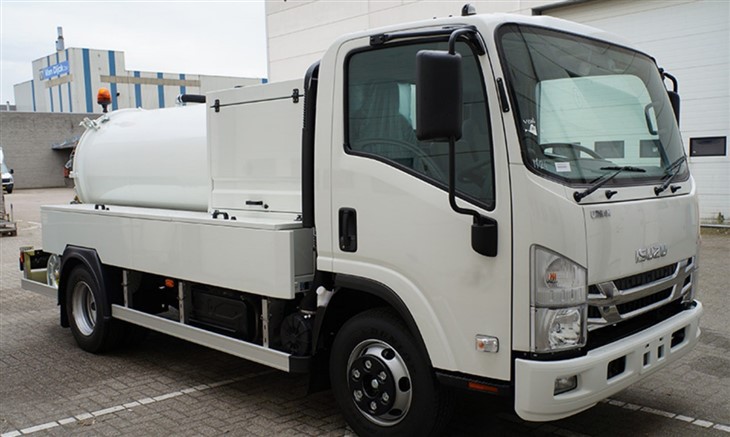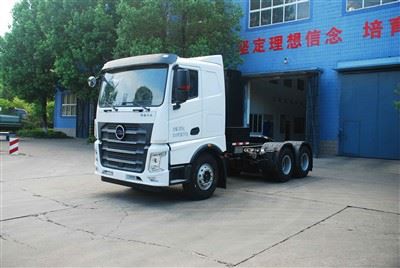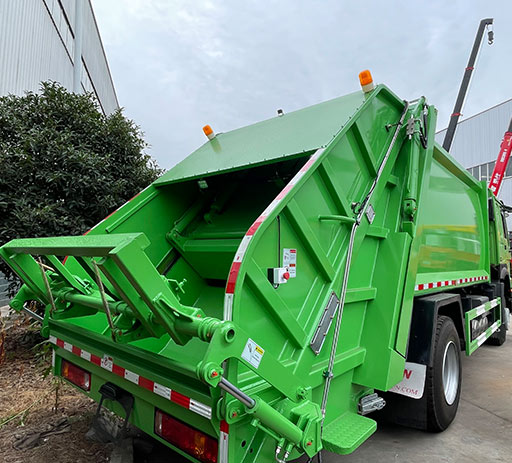LPG Storage Tanks: A Comprehensive Guide

Liquefied Petroleum Gas (LPG) storage tanks play a crucial role in the effective handling, transportation, and utilization of LPG in residential, commercial, and industrial applications. This article covers the various aspects of LPG storage tanks, including types, construction, safety measures, and practical considerations for choosing and maintaining them.
Understanding LPG and Its Uses
LPG is a flammable mixture of hydrocarbon gases, primarily propane and butane. It is used for various applications, such as heating, cooking, and fueling vehicles. Its versatility makes it a popular choice in numerous industries, including agriculture, hospitality, and manufacturing.
Properties of LPG
- Colorless and odorless (an odorant is added for safety)
- Non-toxic and environmentally friendly
- Compact and efficient energy source
- Can be stored in liquid or gaseous form
The Importance of LPG Storage Tanks
LPG storage tanks are designed to safely store liquefied petroleum gas under pressure. They are an essential component in the supply chain, enabling continuous energy supply to end-users. The main purposes of LPG storage tanks include:
Key Functions
- Safe storage of LPG in both residential and industrial sectors
- Transitioning the gas from liquid to vapor for use
- Efficient transportation and distribution of LPG
Types of LPG Storage Tanks
There are several types of LPG storage tanks available, categorized primarily by their location and construction. Understanding these types helps in selecting the right tank for specific needs.
Above-Ground Storage Tanks
Above-ground storage tanks (ASTs) are positioned above the ground level and are highly visible. They are commonly used in residential or commercial settings.
Advantages
- Easy access for maintenance and inspection
- Lower installation costs
Disadvantages
- More susceptible to environmental damage
- Less aesthetically pleasing
Underground Storage Tanks

Underground storage tanks (USTs) are buried beneath the soil, which provides additional protection from external factors.
Advantages
- Reduced risk of environmental hazards
- More visually appealing
Disadvantages
- Higher installation and maintenance costs
- More complicated inspections and access
Key Components of LPG Storage Tanks
Understanding the components of LPG storage tanks helps in better maintenance and compliance with safety regulations.
Tank Body

The main structure that holds the LPG, designed to withstand high pressure.
Safety Valves
Critical components that relieve pressure in case of overfilling or excessive temperature.
Fill and Vent Pipes
Used for filling the tank with LPG and allowing pressure release, respectively.
Choosing the Right LPG Storage Tank
Selecting the right LPG storage tank is crucial for safety and efficiency. Consider the following factors:
Capacity Requirements
Determine the amount of LPG needed based on consumption patterns and usage timelines. Choose a tank size that accommodates these needs without excess capacity to minimize risk and costs.
Location and Space
Consider local regulations and available space for installation, especially if opting for above-ground versus underground tanks.
Regulatory Compliance
Ensure that the chosen tank meets all local, state, and federal regulations governing LPG storage.
Installation of LPG Storage Tanks
Proper installation is key to ensuring the safety and longevity of LPG storage tanks. Follow these best practices:

Site Assessment
Conduct a thorough site assessment to identify hazards and optimal installation locations.
Professional Installation
Hire certified professionals to install the tank, ensuring compliance with safety codes and regulations.
Safety Measures for LPG Storage Tanks
Safety is paramount when handling LPG. Implement the following measures:
Regular Inspections
Schedule periodic inspections to detect leaks, corrosion, or other issues that may compromise tank integrity.
Emergency Preparedness
Establish an emergency response plan, which may involve evacuation procedures in case of a leak or explosion.
Maintenance of LPG Storage Tanks
Regular maintenance extends the life of LPG storage tanks and enhances safety. Important maintenance practices include:
Regular Cleaning
Periodically clean the tank and surrounding area to prevent buildup of dirt and debris.
Leak Detection Systems
Install leak detection systems to monitor for escapes, ensuring rapid response capabilities.
Cost Considerations
The cost of LPG storage tanks varies based on several factors, including size, type, and installation complexity. Below is a general overview:
| Tank Type | Average Cost | Installation Cost |
|---|---|---|
| Above-Ground Tank | $1,200 – $5,000 | $500 – $2,000 |
| Underground Tank | $3,000 – $12,000 | $3,000 – $10,000 |
Environmental Considerations
The use of LPG involves specific environmental considerations. While LPG is cleaner than many other fossil fuels, proper storage and handling are vital to minimize risks of leaks and spills.
Best Practices
- Choose tanks made from environmentally friendly materials.
- Regularly inspect and maintain systems to prevent leaks.
FAQs about LPG Storage Tanks
1. What is the average lifespan of an LPG storage tank?
The lifespan of an LPG storage tank can range from 20 to 30 years, depending on maintenance and environmental conditions.
2. How often should LPG storage tanks be inspected?
It is advisable to inspect LPG storage tanks at least annually, although more frequent inspections may be required in certain environments.
3. What are the signs of a leaking LPG tank?
Signs of a leaking LPG tank include a strong odor of gas, visible frost on the tank surface, or a hissing sound near the tank.
4. Can LPG storage tanks explode?
While LPG tanks are designed with safety features to prevent explosions, improper handling, manufacturing defects, or severe damage can increase risk. Regular maintenance and inspections are critical.
5. Is it safe to install an LPG tank underground?
Yes, underground LPG storage tanks can be safe when properly installed and maintained in accordance with local regulations.
6. What is the role of pressure relief valves?
Pressure relief valves are crucial for safety; they release excess gas pressure to prevent tank rupture or explosion.
